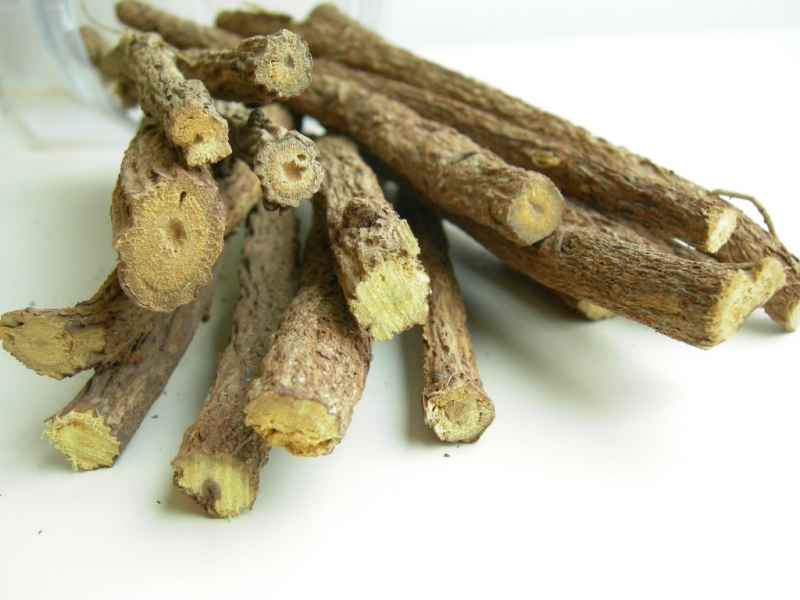Despite the fact that Iran is a major producer of herbs in the region, the industry remains somewhat low-profile. That is mainly because Iranian products are offered in loose packaging that carries no special brand. This, experts say, would make major suppliers reluctant to invest in the industry, and that very few companies have begun offering branded herbal products in recent years. In 2013, only two major companies accounted for 33% of total retail value sales, leaving the rest of the industry for a multitude of small manufacturers.
On September 29, Sourena Sattari, the vice president for science and technology and the head of the National Elites Foundation, pointed to the $100 billion global market of herbs, of which Iran only holds a tiny share of $450 million.
Addressing a ceremony held during an herbs exhibition in Tehran, the official acknowledged that those involved in the herbs industry had not made the best use of opportunities available so far.
Iran is among the countries with a climate appropriate for growing a wide range of herbs, many of which are unique in the world with high concentrations of phytochemicals. For instance, the country is the biggest global supplier of licorice, the root of glycyrrhiza glabra from which a somewhat sweet flavor can be extracted. It also dominates the global market for tragacanth. Acanthus and stinging nettle are also abundantly grown in northern Iran and are among the herbs with high global demands.
On Thursday, Austrian Ambassador to Iran, Friedrich Stift, pointed to Iran’s great potential in producing and exporting herbs. The envoy also called for closer cooperation between his country and the big herbs growing provinces in Iran such as the western province of Lorestan.
With a 2,000-year background in traditional medicine and medicinal herbs, Iran’s medical approach has turned towards modern medical sciences since 200 years ago. But in recent years, academic research has once again proven the countless benefits of traditional cures and medicinal herbs.
Many Iranians still go to traditional herbal shops, known as Attari, for their maladies. Though herb production has enjoyed a relatively good domestic market, it has failed to find a fair share in the global market, the turnover of which grew from $355 million in 1976 to $51.5 billion in 2002. Experts forecast that developed countries like Japan, Germany, Switzerland, and Canada will import as much as $5 trillion of herbs by 2050.
With over 5,000 different types of herbs possible to be grown in Iran, the country produces only 170 species in the industrial scale, Mohammad Baqer Rezai, president of Iranian Medicinal Plants Society, said. However, Iran can be a serious rival for countries such as China. But, such a goal would be achievable if exporters offer their products in standard packaging.
Health Challenges
In addition to packaging problems, Iranian herbs producers and exporters need to overcome other challenges as well. With the ever-increasing use of herbal medicines and the global expansion of the herbal medicines market, healthy production has become a major concern for both health authorities and the public in many countries. The World Health Organization (WHO) strategy on traditional medicines aims to protect consumers against various types of naturally occurring contaminants, radio nuclides, toxic metals and bacteria.
Currently, one third of all the medicines consumed across the world has vegetal origins and the trend to use herbal medicines is still increasing. In the US alone, some 300 million prescriptions were filled for herbal medicines last year, and more than one out of three Americans used herbs during the year, spending some $100 to cure diseases such as colds, burns, headaches, allergies, and insomnia.


